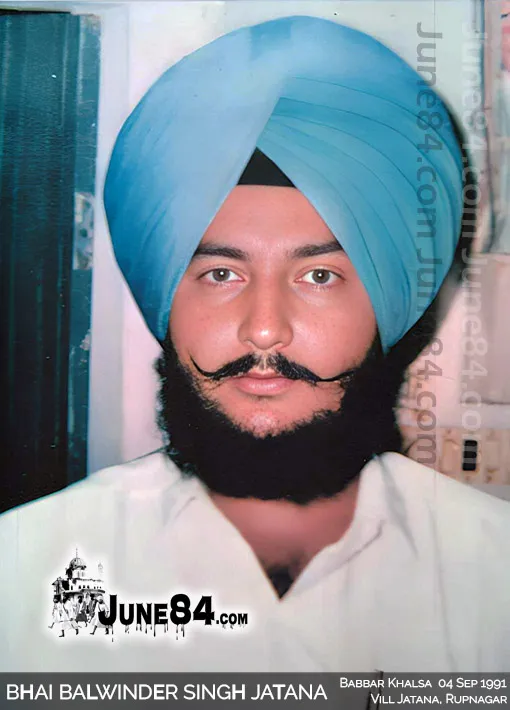Custom Digitized Embroidery Designs for Fashion and Uniforms

Introduction
Want to elevate your brand’s style with embroidered fashion or create professional-looking uniforms? The key to flawless stitching isn’t just the machine—it’s the digitized embroidery design.
Unlike printed graphics, embroidery requires a specialized digital file that tells the machine exactly how to stitch your logo, artwork, or text. Whether you’re a fashion designer, business owner, or DIY enthusiast, this guide on digitized embroidery designs will show you:
✔ Why digitizing matters for fashion & uniforms
✔ Best stitch types for different fabrics
✔ How to get high-quality digitized files
✔ Pro tips for long-lasting embroidery
Let’s stitch your vision into reality!
Why Digitizing Makes or Breaks Your Embroidery
Embroidery Machines Need Instructions
Printers copy pixels—embroidery machines follow stitch-by-stitch commands. A digitized file includes:
- Stitch types (fill, satin, running)
- Thread paths (prevents tangles & breaks)
- Density settings (avoids fabric puckering)
- Color changes (for multi-thread designs)
Skip digitizing? You’ll get a messy, unreadable design.
Fashion vs. Uniform Digitizing: Key Differences
| Fashion Embroidery | Uniform Embroidery |
| Focus on creativity & detail | Focus on durability & clarity |
| Works with delicate fabrics (silk, chiffon) | Built for heavy use (polyester, twill) |
| Often uses decorative stitches | Typically simple, bold logos |
Best Stitch Types for Fashion & Uniforms
1. Fill Stitch (Best for Solid Areas)
✔ Great for: Large logos, backgrounds
✔ Fashion use: Jacket backs, tote bags
✔ Uniform use: Company logos on polos
Pro Tip: Use 0.35mm–0.5mm density—too tight can stiffen fabric.
2. Satin Stitch (Best for Text & Borders)
✔ Great for: Small lettering, outlines
✔ Fashion use: Luxury brand logos
✔ Uniform use: Employee names, rank insignia
Pro Tip: Keep satin stitches under 10mm wide for clean edges.
3. Running Stitch (Best for Fine Details)
✔ Great for: Delicate lines, shading
✔ Fashion use: Floral designs, intricate patterns
✔ Uniform use: Minimalist accents
Pro Tip: Use sparingly—too many running stitches can look messy.
How to Get a Professionally Digitized Design
Option 1: Hire a Pro Digitizer ($10–$50 per design)
✅ Best for:
- Complex logos
- Businesses needing consistency
- High-end fashion brands
Where to find digitizers:
- Fiverr (Affordable freelancers)
- Etsy (Skilled artisans)
- Local embroidery shops
Option 2: Use Auto-Digitizing Software
✅ Best for:
- Simple designs
- Hobbyists & small businesses
- Quick turnarounds
Top Software Picks:
- Hatch Embroidery (Best for quality)
- Embrilliance (User-friendly)
- SewArt (Budget-friendly)
Option 3: Learn Manual Digitizing
✅ Best for:
- Full creative control
- Frequent custom work
- Saving money long-term
Free Learning Resource:
- Ink/Stitch (Free Inkscape plugin)
5 Must-Know Tips for Durable Embroidery
1. Match Stitch Density to Fabric
- Thick fabrics (denim, jackets): 0.5mm density
- Thin fabrics (silk, dress shirts): 0.3mm density
2. Use the Right Stabilizer
- Cutaway stabilizer: Best for stretchy fabrics (polos, hats)
- Tear-away stabilizer: Best for stiff fabrics (caps, bags)
3. Simplify Small Text
- Minimum height: 0.3 inches (7mm)
- Bold fonts stitch best
4. Limit Colors for Uniforms
- Ideal: 1–3 thread colors
- Too many color changes slow production
5. Always Test Stitch First
- Stitch on scrap fabric to check tension & density
Common Embroidery Mistakes (And How to Fix Them)
| Problem | Solution |
| Puckered fabric | Reduce stitch density, add stabilizer |
| Thread breaks | Check tension, adjust stitch length |
| Blurry details | Use satin stitches, simplify design |
| Stiff embroidery | Lower stitch count, lighter underlay |
Fashion vs. Uniform Embroidery: Design Examples
High-End Fashion Embroidery
- Chanel-style tweed jackets (delicate satin stitches)
- Streetwear hoodies (bold, dense fill stitches)
- Bridal lace (subtle running stitch accents)
Professional Uniform Embroidery
- Police & firefighter badges (durable fill stitches)
- Medical scrubs (easy-to-read block text)
- Corporate polos (minimalist logo + name)
Final Thoughts
Great embroidery starts with great digitizing. Whether you’re stitching:
👗 Fashion pieces (luxury, streetwear, bridal)
👔 Uniforms (corporate, medical, first responder)
…the right digitizing makes all the difference.
Recap:
✔ Digitizing turns artwork into stitch commands
✔ Fashion needs creativity, uniforms need durability
✔ Test designs before final stitching
Ready to upgrade your embroidery game? Start with a professionally digitized file—your designs will look sharper, last longer, and impress everyone who sees them.
FAQs
Q: Can I digitize a photo for embroidery?
A: Not well—stick to vector art or simplified logos.
Q: How small can embroidered text be?
A: 0.3 inches (7mm) minimum—smaller gets blurry.
Q: What’s the best file format for embroidery?
A: DST (Tajima) is the industry standard.
Q: How do I make embroidery last longer?
A: Use polyester thread, proper stabilizer, and wash gently.
Now go create something amazing! Your perfect embroidered design is just a digitizing step away. 🧵✨

